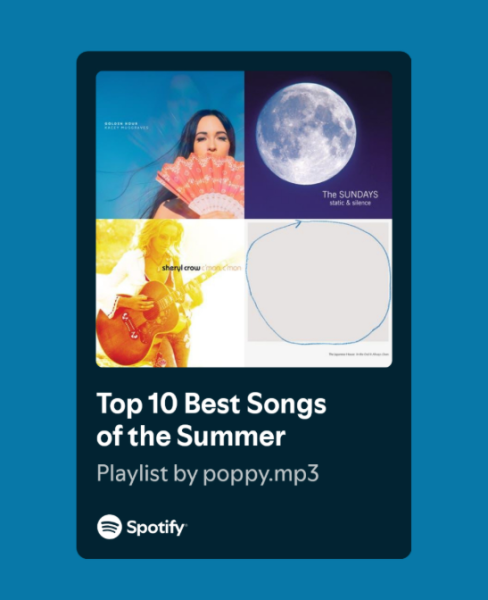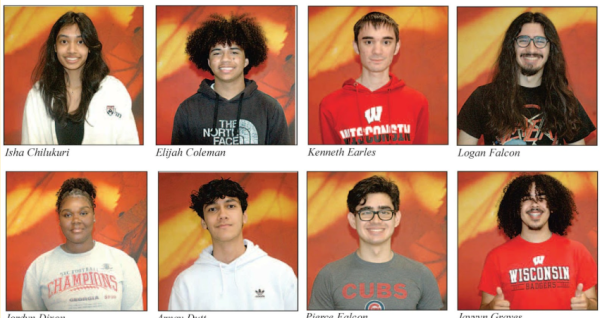Banned Books: The Danger of Comfort
To Kill a Mockingbird. Harry Potter. The Color Purple. What do all of these books have in common? These are some of the most commonly challenged and banned books across America. In most school districts, parents and students can challenge (request an alternate choice to read) a book or request that it be banned from the library (blocking student access to the book completely)
The process of banning a book has been under scrutiny for years, with many teachers and students calling the practice an educational obstruction. There have been some challenges at Middleton High School, but a book has never been banned, so there’s not much known about the topic. Whenever word spreads that another hallmark of literature has been challenged or banned, many questions about our intellectual and educational freedom arise.
According to MHS English teacher Jennifer Mathison-Ohly, “Literature has always provided challenges to the hard issues in society. If they’re in powerfully written books, even though they’re difficult, it’s through that conversation that we learn about ourselves.” Books are meant to make us think and learn about the world around us. Some aspects of that thinking and learning can be uncomfortable, but that doesn’t mean it should not be done. An author rarely includes graphic or explicit content in a story for no reason. They are there to illustrate a larger point. For example, the strong, racially insensitive language used in Harper Lee’s To Kill a Mockingbird is used to show the realities of racism in the 1960s and how that prejudice spanned over many aspects of life.
Some might claim that we can understand the issues in the books without reading them, but that is a double-edged sword. Ohly said, “People or groups who are trying to censor material might sincerely believe that certain materials are offensive, or a bad influence, or immoral, or dangerous. What they don’t often consider is that if they succeeded in suppressing the ideas they don’t like today, tomorrow others may use that precedent to suppress the ideas they do like.” Those who are homophobic or transphobic could be quick to suppress books about the LGBTQ+ community or gender identity and expression, but would then find that same suppression being forced upon more hateful books whose ideas they agree with. If you dislike the portrayal of racism or transphobia, chances are that you’ll become blind to the signs of everyday hatred. Reading about topics that you don’t understand is critical to Ohly. She explained, “Exploring complex topics through powerfully written books can be difficult, but it’s through the conversation about these issues of different aspects of the human condition, that we develop as individuals, reflect on our own experiences, connect with others, build empathy for people unlike ourselves, and learn to think critically”.
The issue of book banning is one of comfort. Reading about racism in the 1960s is uncomfortable. Reading about the horrible homophobia in America is uncomfortable. But that’s why we read books. We read to understand that our worldview is limited. We read them to understand that not everyone has the same privileges and beliefs as we do. We read to learn about stories that aren’t ours and to understand what kind of struggles others face. Banning and challenging books is a threat to storytellers of all kinds from all across the world.








